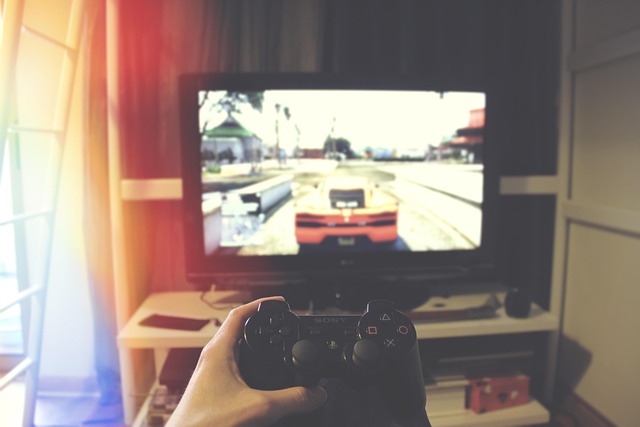Mastering Server Architecture for Gaming and eSports: A Development Guide
The world of gaming and eSports is not just about creating stunning visuals or engaging gameplay; it fundamentally relies on a robust server architecture that can handle vast volumes of players and data with minimal latency. As developers, understanding the intricacies of server architecture is crucial to delivering a seamless gaming experience that rivals the best in the industry.
The Importance of Server Architecture in Gaming
Imagine logging into your favorite game, only to be met with lag and inconsistent performance. Disappointing, right? This is where server architecture plays its role. A well-designed server architecture ensures that your game remains responsive and fluid, regardless of the number of active players. It also helps in distributing the workload effectively, allowing for real-time data processing and quick server responses.
Key Components of Effective Server Architecture
- Load Balancing: This distributes incoming traffic among multiple servers, ensuring no single server is overwhelmed. Load balancing is crucial for maintaining performance during peak gaming hours when the player base is at its highest.
- Redundancy: Preparing for failure is essential. By implementing redundancy, you ensure that if one server goes down, another can take over without disrupting the gaming experience. This is especially important in the fast-paced environment of eSports.
- Scalability: The architecture must be able to grow alongside your player base. As your game gains popularity, being able to scale your server capacity dynamically can make a significant difference in performance.
- Data Security: Protecting player data is paramount. A strong server architecture includes security protocols to keep users’ information safe from potential breaches, enhancing trust and retention within your gaming community.
Best Practices for Developing Server Architecture
When embarking on the journey of designing server architecture for your game, several best practices can streamline the process:
- Choose the Right Technology: Select server technology that caters to your specific needs—consider options like dedicated servers, cloud hosting, or P2P networking based on the type of game you are developing.
- Optimize for Latency: Strive for low latency by placing your servers closer to your player base. Use Content Delivery Networks (CDNs) and strategically locate servers to provide faster load times and smoother gameplay.
- Conduct Thorough Testing: Before launch, conduct rigorous testing under various scenarios to understand how your servers perform under different loads and identify any potential issues.
Future Trends in Server Architecture for eSports
The landscape of eSports is ever-evolving, and so too must our approach to server architecture. Innovations like edge computing and serverless architectures are gaining traction. Edge computing enables data processing closer to the player, significantly reducing latency, while serverless architecture allows developers to focus more on application logic rather than managing server infrastructure.
Ultimately, mastering server architecture in gaming and eSports is not just about technical skills; it’s about understanding the player’s journey and ensuring that each moment in the game is as engaging and enjoyable as possible. With the right design and foresight, developers can create experiences that leave a lasting impact on the gaming community.




